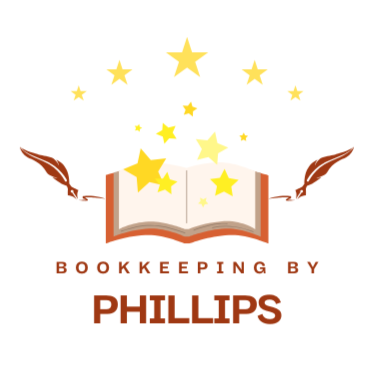How to Read Your Profit & Loss Statement Like A Pro (Even If You Hate Numbers)
If your eyes glaze over when someone mentions “financial reports,” you’re not alone. For many small business owners, the Profit & Loss (P&L) statement feels like a foreign language—one filled with columns, calculations, and confusion.
But here’s the truth: your P&L isn’t just for accountants. It’s your business’s story in numbers. And once you know how to read it, you’ll gain powerful insights that help you make smarter decisions, spot growth opportunities, and avoid costly mistakes.
Let’s break it down—no jargon, just clarity.
What Is a Profit & Loss Statement?
Think of your P&L like a fitness tracker for your business. It shows how much energy (money) you’re gaining and burning over a period of time—usually monthly, quarterly, or annually.
At its core, the P&L summarizes:
Revenue (money coming in)
Expenses (money going out)
Net Profit (what’s left after the dust settles)
It’s not just a report—it’s a reflection of how your business is performing.
Breaking Down the Key Components
Let’s walk through the main parts of your Profit & Loss statement, using everyday analogies to make each one feel less intimidating:
Revenue is the total money your business brings in from sales or services. Think of it like your paycheck—it’s the starting point for everything else.
Cost of Goods Sold (COGS) includes the direct costs needed to deliver your product or service. If you’re a baker, this would be your flour, eggs, and sugar. If you’re a consultant, it might be software or subcontractor fees. These are the “ingredients” that make your business run.
Gross Profit is what’s left after subtracting COGS from your revenue. It’s like baking a cake and seeing what’s left after buying the ingredients—you haven’t paid the electric bill or cleaned up yet, but you’ve got something to show for your effort.
Operating Expenses are the everyday costs of running your business—rent, software subscriptions, marketing, internet, and more. These are your monthly bills, and they’re essential to keep things moving.
Net Profit is the final number after all expenses are deducted. It’s what’s left in your wallet at the end of the month. This is the number that tells you whether your business is truly profitable.
Each of these components tells part of your financial story. When you understand how they connect, you start seeing your numbers as tools—not just tasks.
What to Look For (Without Getting Lost)
You don’t need to analyze every line—just focus on patterns and red flags:
Is revenue growing month to month?
That’s a good sign your business is gaining traction.Are expenses creeping up?
Time to review subscriptions, vendors, or spending habits.Is your net profit consistent—or unpredictable?
Fluctuations could signal seasonal trends or pricing issues.
Try using a simple line graph to track revenue and expenses over time. It’s easier to spot trends visually than in a spreadsheet.
How to Use Your P&L to Make Smart Decisions
Once you understand your P&L, you can use it to:
Set prices that actually support your profit goals
Trim unnecessary expenses without hurting growth
Forecast future income and plan for slow seasons
Your P&L becomes a tool—not a chore.
Pro Tips from a Bookkeeper
Here’s what I tell my clients:
Review your P&L monthly—not just at tax time.
Use bookkeeping software to automate reports and reduce errors.
Don’t just glance—ask questions. Your numbers are trying to tell you something.
Final Thoughts
Your Profit & Loss statement isn’t just a bunch of numbers—it’s your business’s heartbeat. When you learn to read it with confidence, you unlock clarity, control, and peace of mind.
Need help making sense of your reports? I specialize in simplifying finances for small business owners. Let’s chat—I make financial clarity feel easy.
